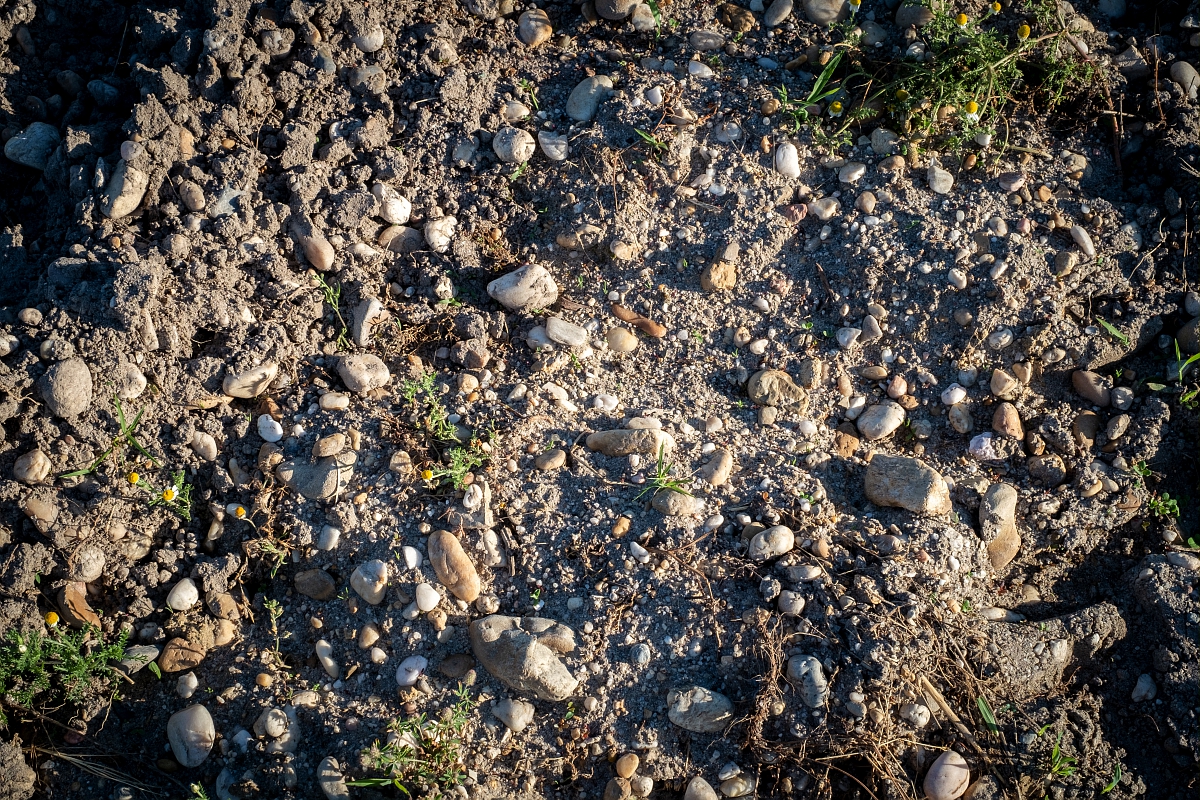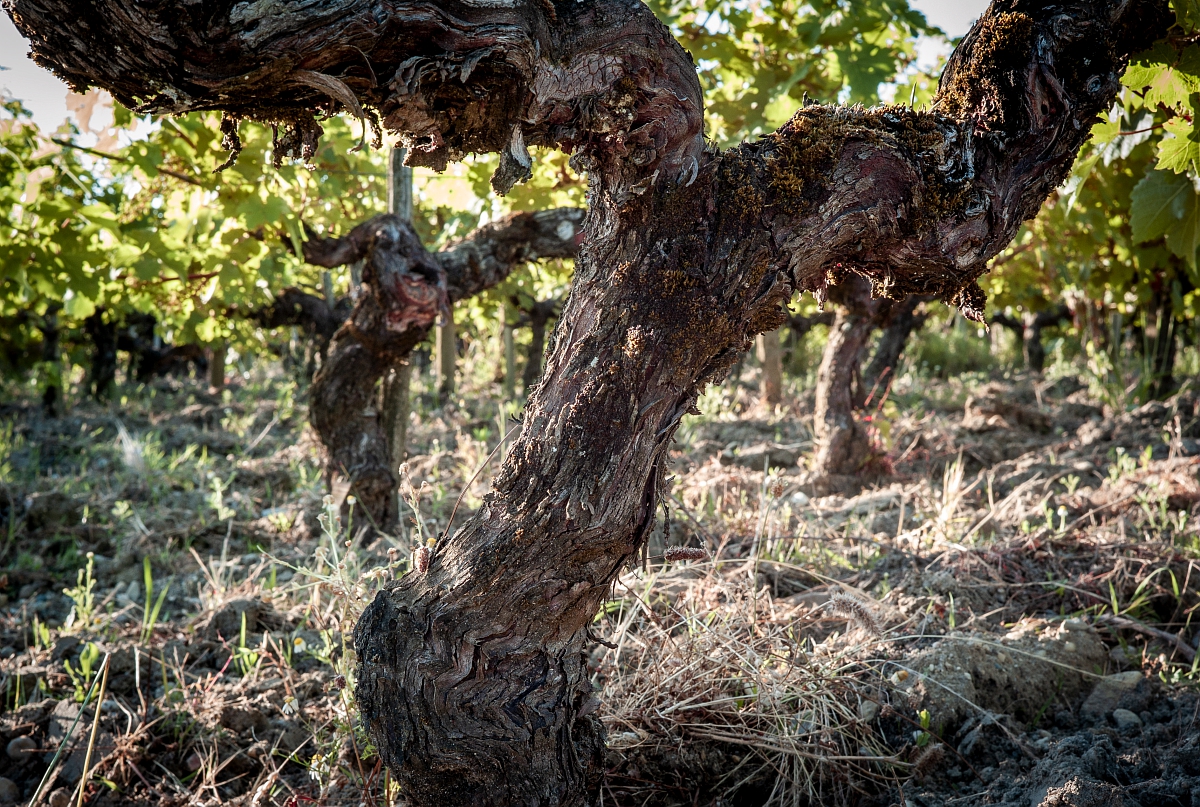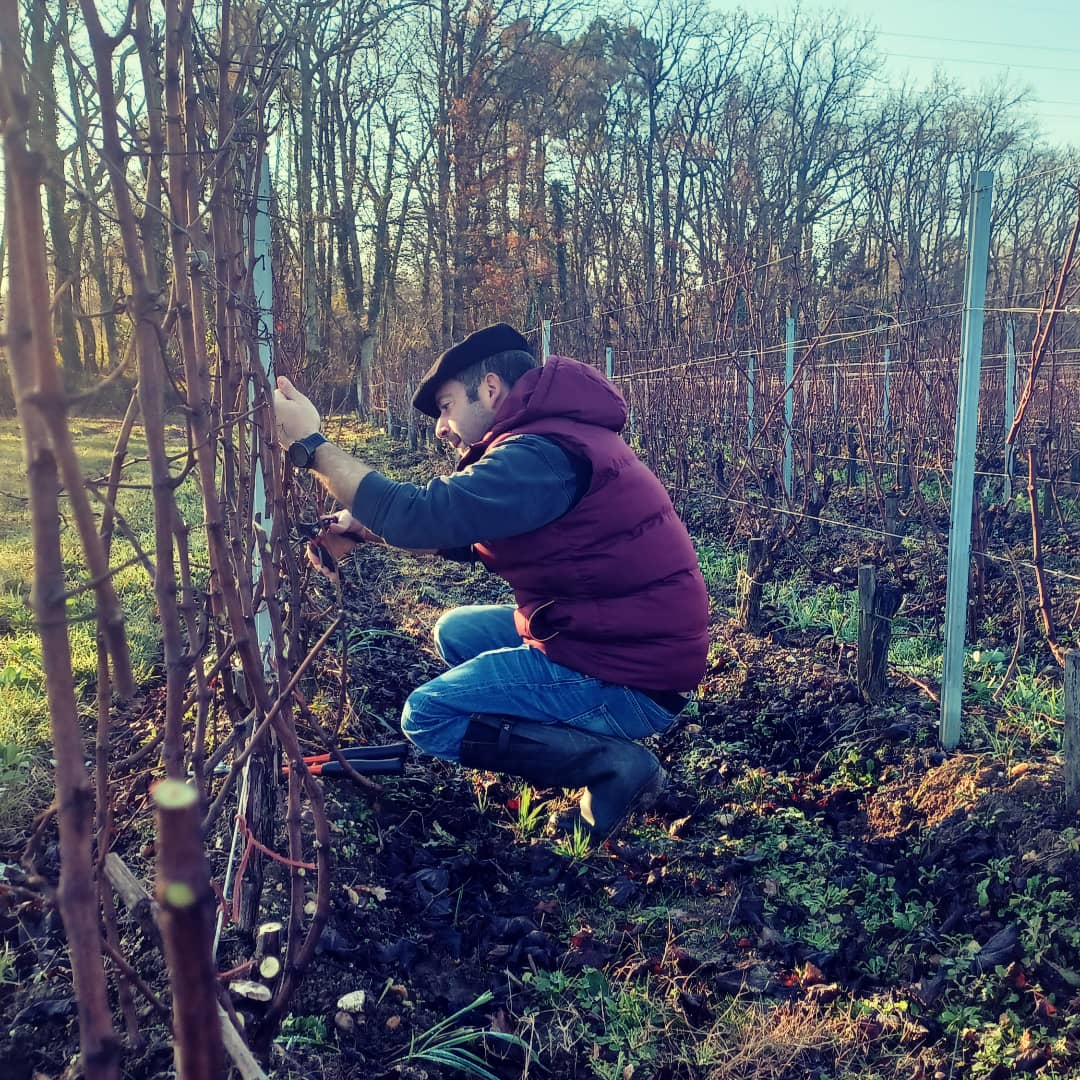Our terroir
Château Couhins’ terroir is extremely complex, weaving exceptionally unique landscapes.
The soils
Three major zones can be found on the property’s soil map :
The Graves croupe : a layer of pebbles resting on a compact clay subsoil. It is particularly suited to growing Cabernet Sauvignon, a variety that requires water stress to express its great potential.

The clay-limestone slope : located on the northern hillside, it is the coolest part of the estate, composed of brittle limestone. These soils retain water for the plant to access during periods of excessive heat, and are therefore perfectly suited to our drought-sensitive Sauvignon Blanc. From these grapes we produce wines that boast the largest aromatic range within our entire portfolio, with exceptional texture and a perfect balance between freshness, softness, and length.
The sand and gravel plateau : this soil was created from the erosion of the croupe de Graves. It is characterised by a clay subsoil over which a layer of sand, gravel, and clay was formed, encouraging a slow and progressive maturation for the Cabernets and Merlot.
The diversity of soils, landscapes, and orientations shapes our wines’ unique personalities.
Climate
Located in the northernmost part of the Graves region, close to the city of Bordeaux, Couhins’ vines benefit from a temperate oceanic climate. Thanks to this ideal setting, and in the context of global warming, our clay-limestone terroirs and limestone subsoils are essential to ensuring the resilience of our vineyard.
Varietals
Two-thirds of our 32 hectares of vineyard are comprised of red grapes, and one-third are planted with white grapes. For red wines, we cultivate the four Bordeaux varieties: Cabernet Sauvignon, Merlot, Cabernet Franc, and Petit Verdot.
For white wines, we only grow Sauvignon Blanc, but aim to reintroduce Sémillon on our finest terroirs from 2024.

People
We grow our vines through agroecological practices, prioritising our profound respect for the environment: human intervention is rational, precise, and measured.
Work in the vineyard is done manually and is adapted to each vine, while our holistic, low-intervention approach is wholly respectful of the biodiversity that makes up our ecosystem.
Each vine and microplot is subject to precise and regular observations. This intra-parcel approach to the vineyard’s management allows us to express the unique potential and particularities of each area, while optimising our efforts to enrich the environment.
« Our work as winegrowers is to constantly adapt and reassess how we can improve the fruit yielded by our vines, while ensuring the balance of each plant. » Jérôme Miramon, Chef de culture.


